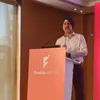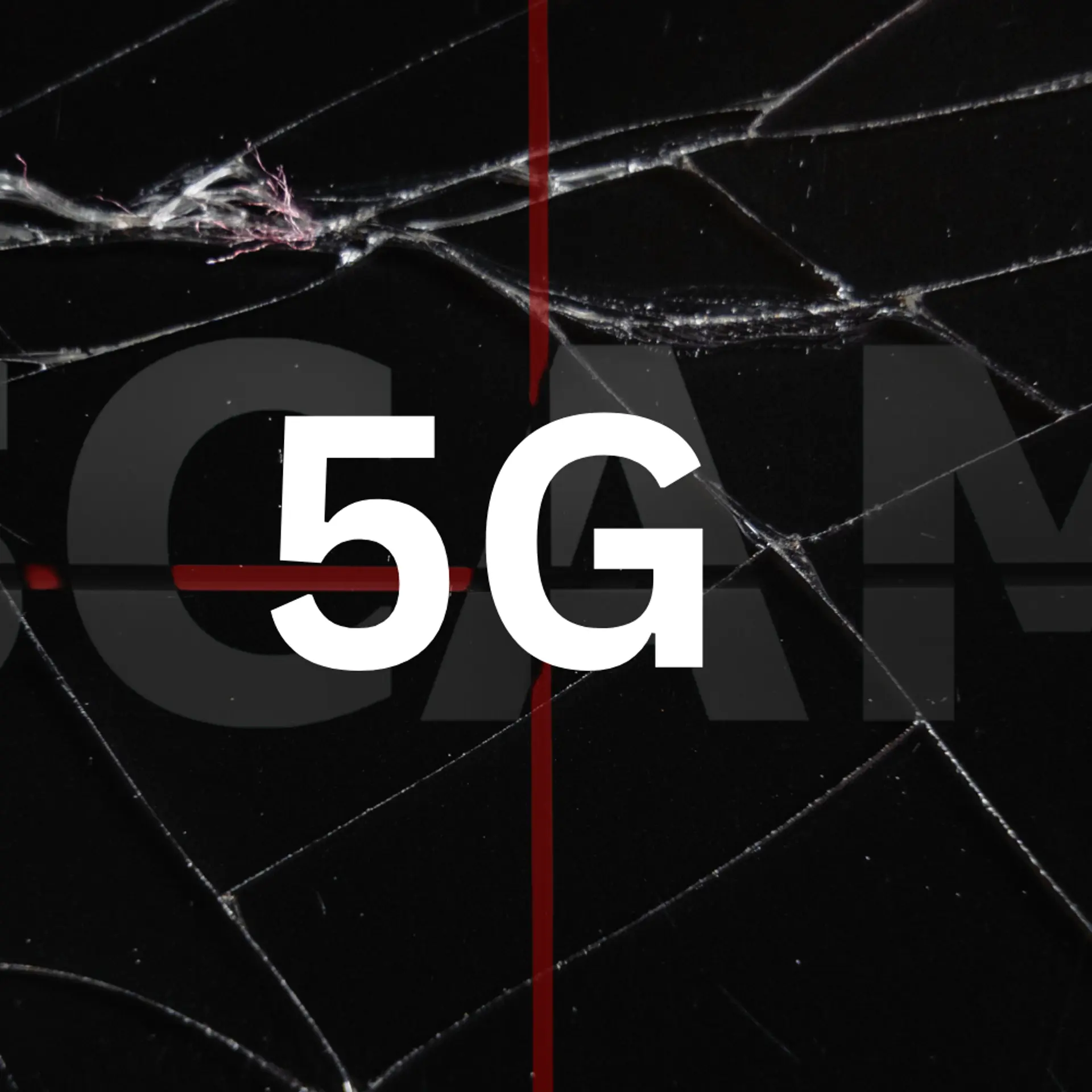The era of mega brands from Indian D2C startups has begun, says Kanwaljit Singh, Managing Partner at Fireside Ventures
A mature digital infrastructure and rising population of millennials are key factors driving D2C growth in India, says Kanwaljit Singh in an exclusive interview with Shradha Sharma.
As someone who has been a part of the consumer brand space for the past 30 years, Kanwaljit Singh, Managing Partner and Co-founder of , occupies the front seat witnessing the making of brands of India.
In the past year-and-a-half since COVID struck, the direct-to-consumer (DTC) space, not to mention ecommerce in general, has turbocharged, validating and rewarding the patience of investors like Kanwaljit.
“The love for consumer brands has been there for so many years. I started my career with Unilever and saw significant trends coming together in the last five to seven years, which led me to believe that this was something real and long term,” Kanwaljit tells YourStory Founder and CEO Shradha Sharma in an exclusive interview.
In 2019, Fireside Ventures, a seed and early-stage focussed micro VC fund, set up an ambitious target – to build 25 iconic consumer brands over the next 15 years and take its companies to Rs 1,000 crore in revenue, including a few 'unicorns' in the next decade.
Two years down the line, many of its portfolio companies are already paving their path to the global markets, with the likes of Mamaearth having crossed Rs 300 crore in revenue for financial year 2020-21.
Some of its other portfolio brands such as , , , , , , and are also gaining popularity among consumers.
Kanwaljit believes that the emergence of young brands in India will fuel the D2C growth as consumption continues to rise. The mega trend that he is most excited about today is wellness as a category driver across all segments. His fund has made a couple of investments in mental health space, yoga, disease management and so on.
“Another trend we are very excited about is targeting the modern, millennial woman. Whether it is our portfolio companies like Gynoveda, which deals with menstrual issues, or Fabel Street, which started off as workwear fashion for women (now focusing on work-from-home wear), we are finding so many opportunities to target this consumer,” he says.
What he finds most attractive as an investor is that these brands are getting built faster and with little capital.
For someone who derives a “philosophical source of joy'' from being around entrepreneurs, his biggest moment in the last 30 years “having seen pretty much everything”, was last year when his daughter said she wants to become an entrepreneur and start a nutrition company in the US.
“To me that was the culmination of anything that I had hoped for. To inspire someone like my daughter to take up entrepreneurship was a big reward,” he says.
(Excerpts from the interview)
Catalysts driving the D2C space in India
Amid the emergence and maturity of the digital infrastructure, the rising population of millennials is one of the key factors driving D2C growth in India.
India's per capita income is on the rise – expected to go up to $2,191 per capita in 2021 – and this number will decide how young people spend on several aspects of their lives. According to reports, there are over 400 million millennials in India, which is higher than the entire population of the US.
Now aged between 25-40 years, millennials in India comprise one-third of its total population and 46 percent of the country's total workforce, with a spending capacity of $3.6 billion.
“We have always been a young economy. But the fact that these people are getting exposed to global trends, they want to consume more branded products. However, earlier, there were not many choices. So, there's almost a bigger demand which is growing in that segment of consumers,” says Kanwaljit.
Further, in India, building brands has been very tough. Distribution and working capital, inventory management, media choices, media reach -- everything is complex. But then, with the emergence of content players like YouTube, Facebook, and Instagram, they just give a platform to young entrepreneurs to actually reach their audience in an efficient manner.
“I would say that building local ecommerce made it possible to access consumers anywhere in the country in a very efficient, positive, and connected way. That was just not possible to do as a physical distribution exercise,” he adds.

D2C opportunity and trends in near future
Kanwaljit believes most of the D2C growth in India has been stimulated by COVID.
“Today, we’re targeting not only the urban elite but the entire gamut of consumers across the country because they suddenly had no choice but to be comfortable and familiar with digital consumption. And that was one trigger which took the whole concept and the opportunity to the next level,” he says. He further adds there is opportunity across the entire 360 of the consumption wallet.
“So, at the macro level, whether it's something you eat, something you put on your body, whether it's fashion or home products, everything is up for disruption because there has never been enough choice of brands available to the consumer across all of these spaces,” he adds.
However, healthcare and wellness is one sector, which Kanwaljit is most excited about. “The whole concept of health has emerged as a very important part of the everyday psyche of the customer. So, we have started looking at the trends there,” he adds.
The key areas which Kanwaljit is looking to explore are wellness, personal care products, home-made products, mental health, yoga, and disease management, among others.
Also, he believes that modern millennial women are a rising target audience for D2C brands in India in spaces such as menstrual problems, fashion, work wear, and so on. “We believe this [D2C] is a band which is very unique, again, for this particular consumer, because more than being a wife and mother, daughter or a sister, she is herself who she is,” he adds.
From the investor point of view, this opportunity is phenomenal because D2C startups today are growing with much less capital.
“Today, we have brands that have crossed Rs 500 crore, Rs 1,000 crore, and Rs 1,500 crore in revenue in four or five years’ time frame without consuming hundreds of millions of dollars of capital. And that's a very strong investment to sell. And that's why you're seeing so much excitement, even from an investor,” he adds.
Advice to D2C entrepreneurs
The rising opportunity has made D2C startups go through a cut-throat competition with the presence of 1,000s of local and global brands in this space. To begin is easy, but to survive, scale, and retain customers is becoming challenging day by day.
But Kanwaljit believes that this is not a winner take all kind of space. “You should remember one fundamental, which I must say I learned in my formative years with companies like Unilever, is that you're not selling a product, you're selling that very key distinction,” he adds.
He further explains this by taking Mamaearth as an example. The fact that Mamaearth says I am selling you a natural safe product is as important as whether it is vitamin C or an onion oil or whatever it may be.
“You have to give me great products and deliver on the product promise to retain customers, that is no debate. But the fact that you bought it from Mamaearth and not from somebody else has to do more with just a great product and the price. It has to do with the brand and your relation to the brand,” he adds.
Here are some key advice Kanwaljit shares with D2C brands:
- As a marketer, continuously focus on building your brand and value proposition backed by good product and good pricing.
- Understand that it is not a catalogue sale. It is the brand that's really the key differentiator.
- Launch fast, fail fast. The simplest way to do it is just go to an Amazon-like platform, launch your product and just start looking at reviews and ratings. You will get a quick sense of what is working for you
- Have a very efficient supply chain. Because you're not distributing to 100s or 1000s of stores, you can afford to launch small quantities.
Way forward
When asked about his preference while selecting his portfolio startups, Kanwaljit emphasised that what’s more important is the entrepreneur and the founding team.
“A good guy will figure out a bad market, but a bad guy, even in the right market, may not be that successful.”
He thus wants to back platforms that are well-positioned to leverage the big opportunity -- be it for the urban or small town consumer or whether it's local or global market.
In terms of opportunity, he believes there is a lot of unorganised business that happens in the local areas, in the communities, and in the regions, which is very much driven by local commerce. Also, in essence, these are not unbranded, but they are less organised.
“So, I don’t think there is any possibility that we will suddenly see India become 70 percent nationally branded companies. However, I do feel there are some opportunities, even for some of these regional players, to leverage the infrastructure of digital commerce and expand their footprint much more,” he adds.
Kanwaljit also highlights that there is opportunity across the board, and everybody wins because it also propels more consumption.
“You have more choices. We are becoming more prolific consumers because we have ease of access to these things. While it's still early days and I wouldn't say there are mega-brands that have come from India, we are seeing high acceptance of our products in global markets."
"My fingers are crossed that in the next five years, we will see some mega brands coming out of India. So I would say, watch this space. It's coming.”
Edited by Megha Reddy








